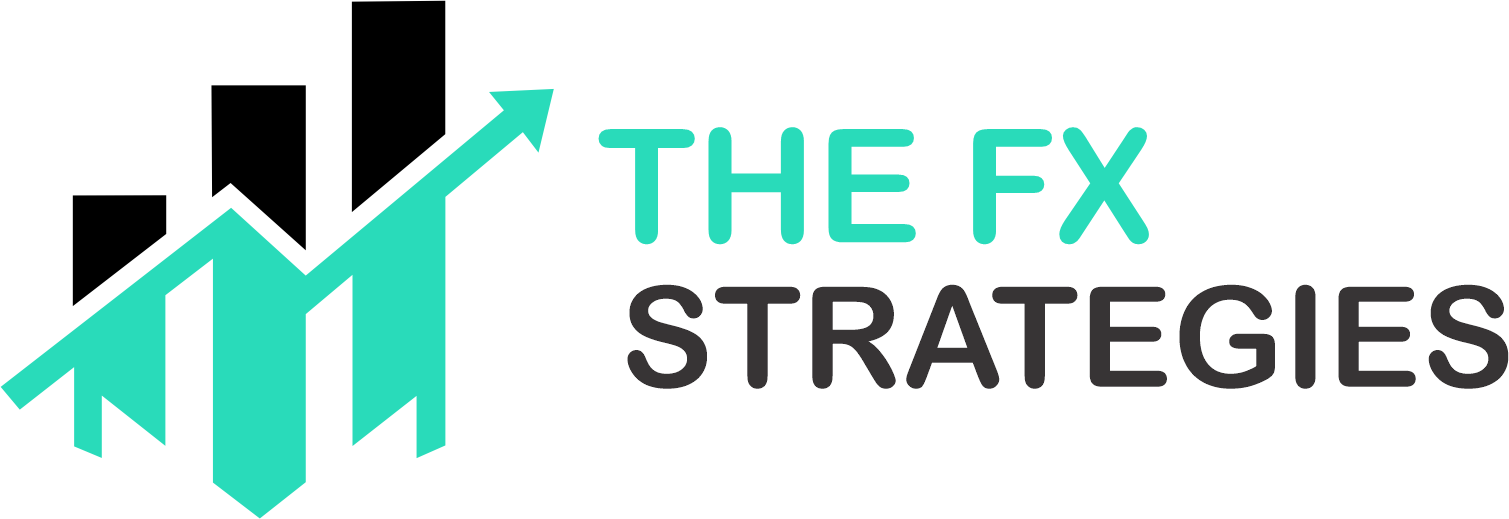For beginners entering the world of Forex trading, understanding how to analyze market trends and price movements is crucial. One of the most effective ways to do this is through technical analysis. Technical analysis involves studying historical price data and using charts, patterns, and indicators to predict future market movements.
In this article, we’ll explore the role of technical analysis in developing Forex strategies for beginners, how it can enhance trading decisions, and the tools you need to get started.
What is Technical Analysis in Forex Trading?
Technical analysis in Forex trading refers to the process of analyzing past price data, often displayed on charts, to forecast future price movements. Unlike fundamental analysis, which focuses on economic indicators and news events, technical analysis is purely based on price action, chart patterns, and various technical indicators.
Key Components of Technical Analysis:
- Price Charts: The foundation of technical analysis, charts display price movements over a defined period.
- Indicators and Oscillators: Tools like moving averages (MA), Relative Strength Index (RSI), and Moving Average Convergence Divergence (MACD) help provide insights into market trends, momentum, and overbought/oversold conditions.
- Chart Patterns: Patterns such as head and shoulders, triangles, and double tops/bottoms are used to identify potential reversals or continuations in market trends.
Why is Technical Analysis Important for Beginners?
For beginners, technical analysis provides several key advantages:
1. Helps Identify Market Trends
Technical analysis helps traders identify the overall direction of the market. Understanding whether the market is in an uptrend, downtrend, or moving sideways is essential for making informed trading decisions.
- In an uptrend: Technical analysis can help pinpoint entry points to buy currencies.
- In a downtrend: It can highlight ideal moments to sell or go short.
- In a sideways market: Technical analysis helps identify key levels of support and resistance for range-bound trading.
2. No Need for In-Depth Market Knowledge
Unlike fundamental analysis, which requires a deep understanding of economic indicators, news events, and market conditions, technical analysis relies primarily on price charts. This makes it more accessible to beginners who may not yet have extensive knowledge of global economic factors.
3. Visual and Objective Insights
Charts and indicators provide a visual representation of market behavior, which makes it easier to spot patterns and trends. This objectivity removes emotions from the decision-making process, helping beginners make disciplined, systematic trading choices rather than impulsive ones driven by fear or greed.
4. Versatile for Any Timeframe
Whether you prefer short-term trades (scalping or day trading) or longer-term positions (swing or position trading), technical analysis can be applied across different timeframes. This flexibility allows beginners to choose a trading strategy that aligns with their schedule and risk tolerance.
Key Technical Analysis Tools Every Beginner Should Know
As a beginner in Forex trading, it’s important to familiarize yourself with the basic tools used in technical analysis. These tools help identify trends, momentum, and potential entry/exit points.
1. Price Charts
- Line Charts: Simple charts that connect closing prices over a specified period. They offer a clean overview of price movements.
- Bar Charts: Provide more detail than line charts by showing the open, high, low, and close prices (OHLC) for each trading period.
- Candlestick Charts: The most popular type of chart, candlestick charts display price movements with more visual appeal. They show the open, high, low, and close prices, and the body of the candlestick indicates the direction of the price movement. Candlestick patterns are crucial for identifying reversals and continuation signals.
2. Moving Averages
- Simple Moving Average (SMA): An indicator that calculates the average price over a specific period (e.g., 50-period or 200-period). The SMA helps smooth out price fluctuations to identify the trend.
- Exponential Moving Average (EMA): Similar to SMA, but places more weight on recent prices. This makes the EMA more responsive to recent market changes, making it ideal for traders looking to catch trend changes sooner.
How to Use Moving Averages:
- A bullish crossover occurs when a shorter-term moving average crosses above a longer-term moving average, indicating a potential buying opportunity.
- A bearish crossover occurs when a shorter-term moving average crosses below a longer-term moving average, suggesting a selling opportunity.
3. Relative Strength Index (RSI)
The Relative Strength Index (RSI) is an oscillator that measures the speed and change of price movements. It ranges from 0 to 100, with levels above 70 considered overbought and levels below 30 considered oversold.
How to Use RSI:
- Overbought Conditions: When the RSI is above 70, it suggests the currency pair may be overbought and could reverse to the downside.
- Oversold Conditions: When the RSI is below 30, it suggests the currency pair may be oversold and could reverse to the upside.
The RSI is often used in conjunction with other indicators to confirm signals.
4. Support and Resistance Levels
Support and resistance are key concepts in technical analysis. Support is the price level where a currency pair tends to stop falling and reverses upward, while resistance is where the price tends to stop rising and reverses downward.
How to Use Support and Resistance:
- Buying at Support: Look for buying opportunities when the price approaches a strong support level and shows signs of reversing.
- Selling at Resistance: Look for selling opportunities when the price approaches a strong resistance level and begins to reverse.
Support and resistance levels are especially useful in range-bound markets, where price fluctuates between established boundaries.
5. Chart Patterns
Chart patterns, such as triangles, head and shoulders, and double tops/bottoms, are used to predict future price movements based on historical patterns.
- Head and Shoulders: This is a reversal pattern that indicates a change in trend direction. A head and shoulders pattern signals that an uptrend is likely to reverse into a downtrend.
- Triangles: These are consolidation patterns that typically indicate a breakout. Traders use triangle patterns to predict whether the price will break out to the upside or downside.
How to Integrate Technical Analysis into Your Trading Plan
As a beginner, it’s important to develop a trading plan that incorporates technical analysis to guide your decisions. Here’s how you can integrate technical analysis into your strategy:
- Set Clear Entry and Exit Rules: Use technical indicators like moving averages, RSI, and support/resistance levels to define when to enter and exit trades.
- Use Multiple Indicators: Combining different indicators increases the reliability of your signals. For example, use a moving average crossover in conjunction with RSI to confirm trends.
- Define Risk Management Rules: Always include stop-loss and take-profit levels in your strategy to protect your capital.
- Test Your Strategy: Before live trading, backtest your strategy using historical data to see how it would have performed in the past.
Conclusion
Technical analysis is a powerful tool for Forex beginners, helping you understand market trends, identify entry/exit points, and manage risk effectively. By using price charts, indicators like moving averages and RSI, and chart patterns, you can make more informed trading decisions.
To succeed in Forex trading, it’s essential to practice, refine your skills, and integrate technical analysis into a well-structured trading plan. With time and experience, technical analysis will become an invaluable part of your Forex trading toolkit.


